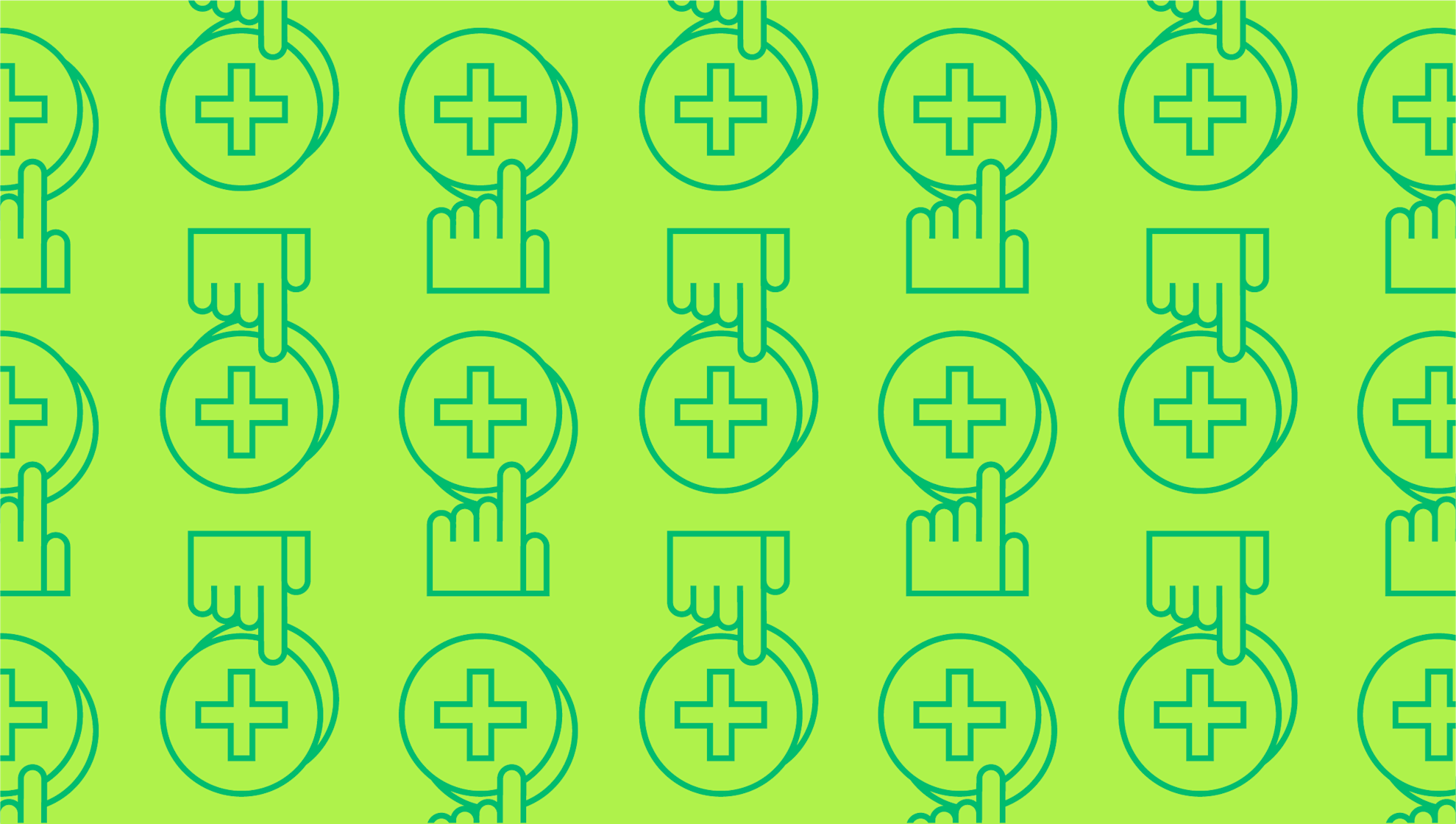
What happens if a client doesn’t pay?
Last editedMar 20223 min read
When you run a small business, an unpaid invoice can mean the difference between having a healthy cash flow and being unable to pay your own bills.
What should you do if a client won't pay?
So, what happens if a client doesn’t pay, and when is it time to take legal action? Here are the steps to take when a client has not paid an invoice, as well as other measures to take to protect your business against late payments in the future.
Step 1: Research your clients
You can avoid this situation in the first place with preliminary research. Before taking on any new clients, find out as much information as you can about them, including their reputation for on-time payments. For large contracts, it might even be worth running a credit check. You should also ask each client to sign a contract clearly outlining your payment terms and conditions.
Step 2: Send automatic payment reminders
In many cases, missing payments are unintentional. Invoices simply fall through the cracks. Follow up on your initial payment request with an automatic reminder. Resend the invoice email, making payment as easy as possible for the client with an embedded payment button or mobile payment option.
Step 3: Charge a late fee
Is it illegal to charge late payment fees? No, but it’s best to state these in your initial contract. If your follow-up messages are still going unanswered, follow the late fee policy set out in your contract. You can give a preliminary warning with a message that a late fee will be added if the invoice isn’t paid within the next 48 hours. This might be enough to spur the client into a swift payment to avoid paying added fees.
Step 4: Use alternative contact methods
Your client has not paid an invoice and isn’t responding to email reminders. Now what? It sounds obvious, but the fastest way can be to pick up the phone to give them a call. Some companies are also more responsive over social media, so try contacting the business via Facebook, Twitter, or LinkedIn with a polite follow-up message regarding their unpaid invoices. If you’re performing work for a company in the same area, you can stop by the accounts payable office in person to spark action.
Step 5: Send a letter from an attorney
You’ve tried polite reminders and charging late fees, but still the client has not paid the invoice. This is the stage where you might need to take legal action for non-payment of invoices. Hire an attorney to draft and send an official letter threatening legal action. In most cases, this will be enough to get the client to pay what’s due.
Step 6: Try invoice factoring
At this point, you might be fed up with chasing down your unpaid invoices. If you don’t want to pursue the matter in court, another option is to use a factoring company. With invoice factoring, you sell your outstanding invoices to a third-party factor. The factor will pay you the bulk of the outstanding invoice value, typically between 75-90%. They’ll take over from there, chasing the client for the payment. When the payment has been collected, they’ll pay you the remaining invoice amount minus their fee.
Step 7: Take it to small claims court
If you’d prefer to continue pursuing payment yourself, you can take legal action for non-payment of invoices. This is a matter for small claims court. Be sure to check the rules and regulations, as these will vary according to the state your business is located in. There’s usually a minimum threshold that must be owed to qualify for a small claims case. Keep in mind if the expense of taking the client to court outweighs the invoice balance, this final option might not be worth the time and cost.
The bottom line
As you can see, tracking down missing payments costs time and money. An alternative to chasing payments is to set your clients up with Direct Debit from the start. This means that when a payment is due, the business is in control of scheduling the payment, notifying the client, and collecting the payment on its due date. It’s easy for the client too, as they no longer need to worry about sending each payment manually. Signing up for GoCardless is free, giving businesses the chance to try it with no monthly fee.
We can help
GoCardless helps you automate payment collection, cutting down on the amount of admin your team needs to deal with when chasing invoices. Find out how GoCardless can help you with ad hoc payments or recurring payments.
